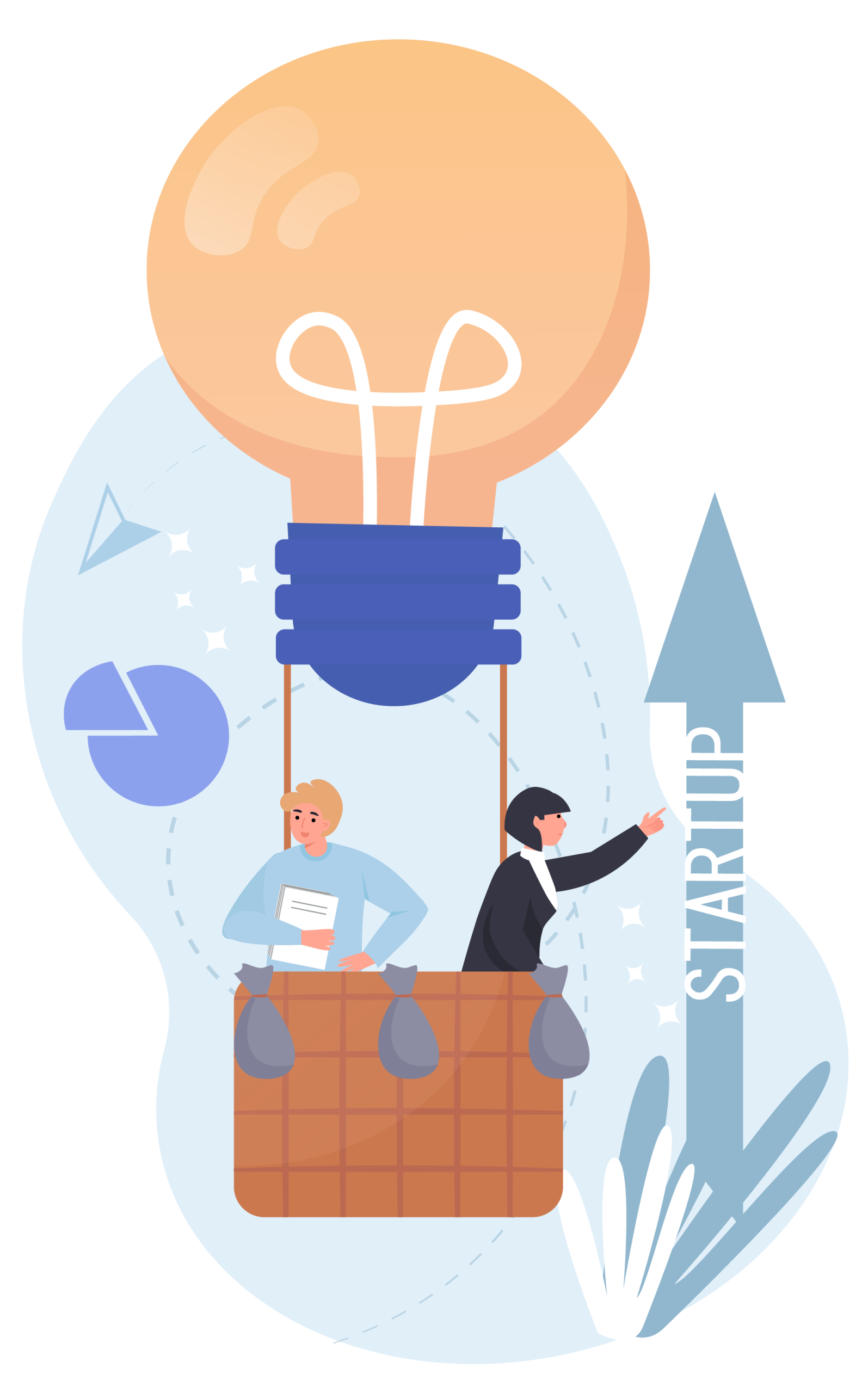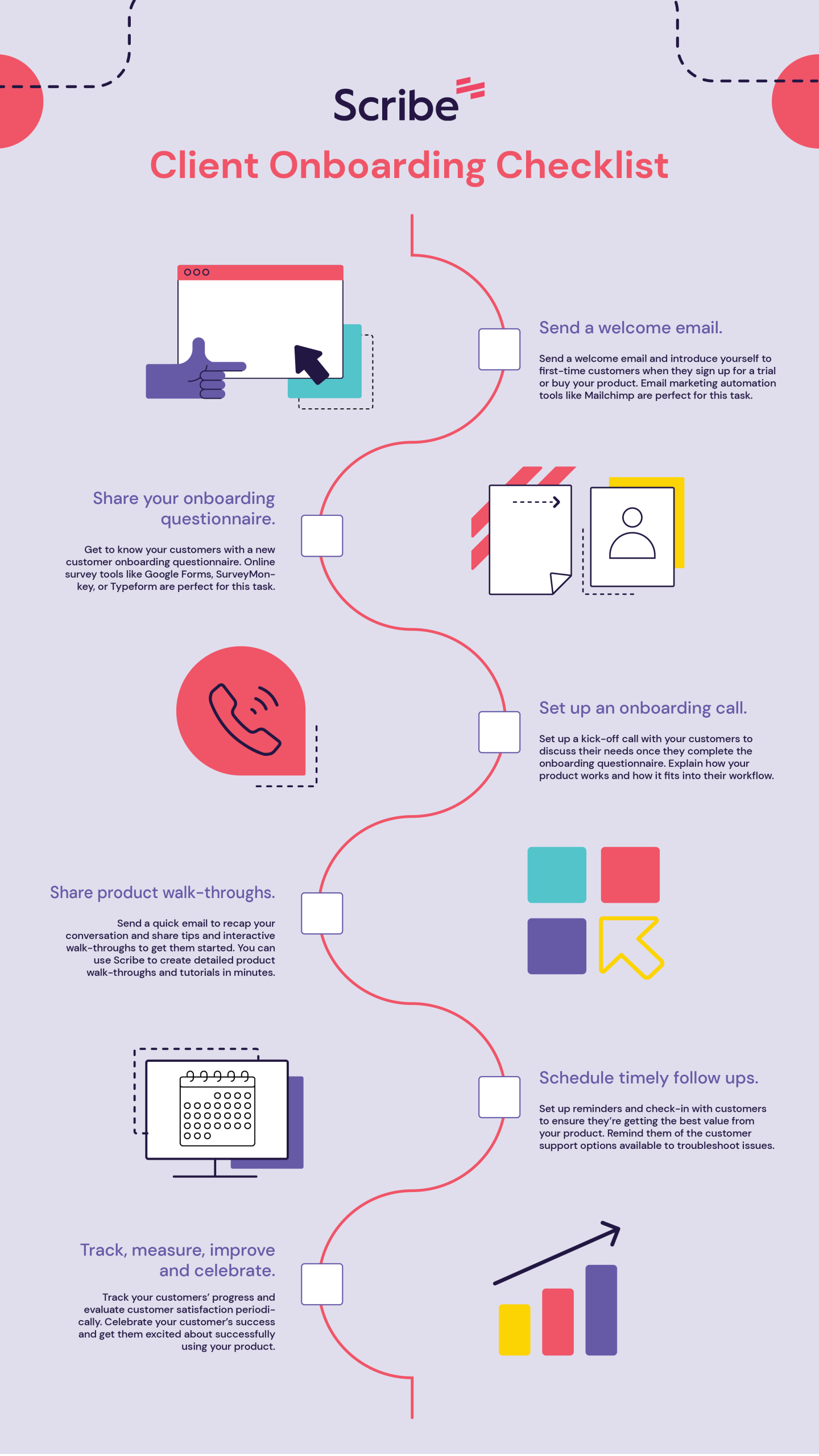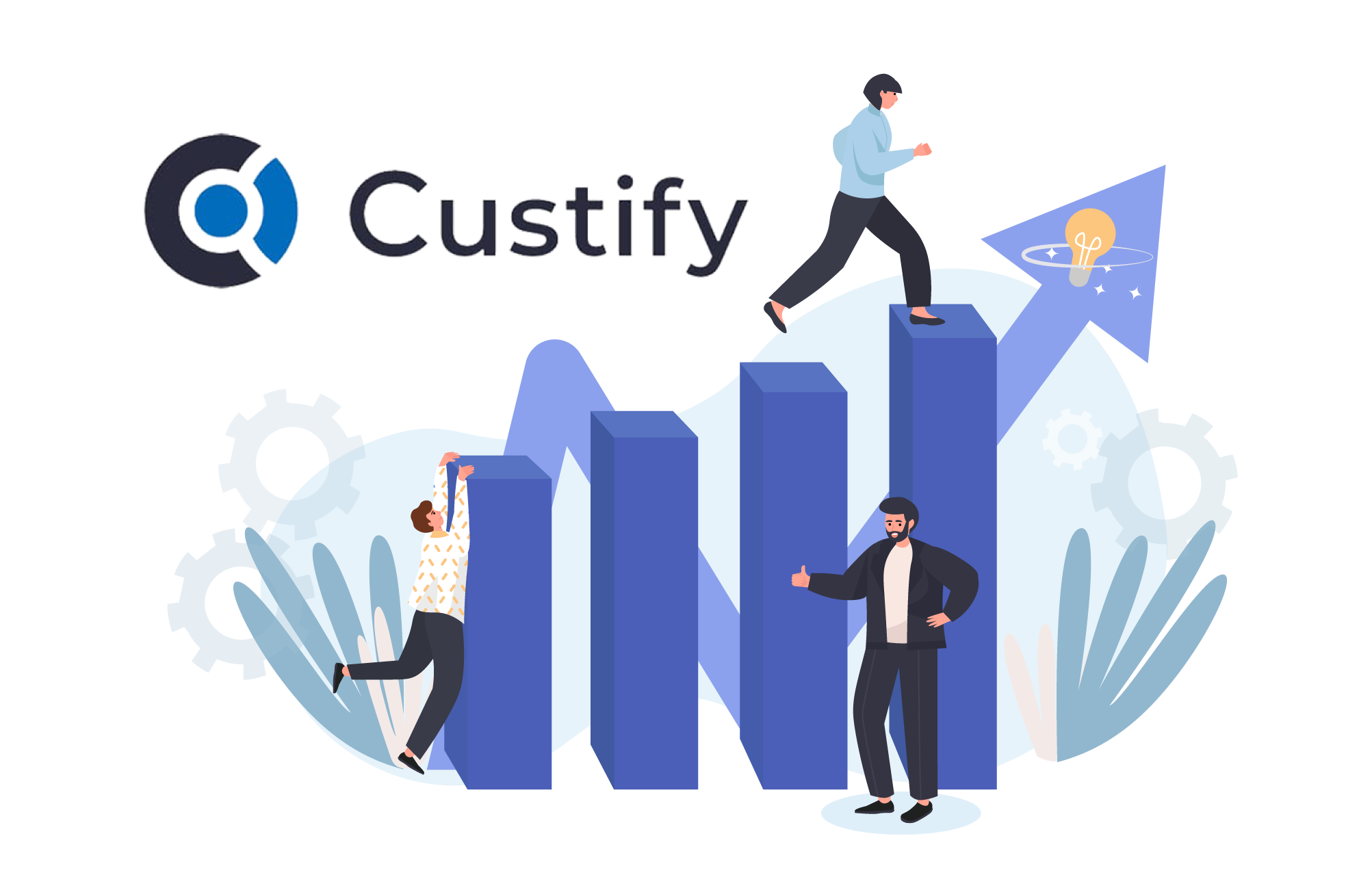When Should a Startup Build Its CS Team and Strategy?
With today’s customers being smarter and more demanding than ever, customer success has become critical, especially if you have a SaaS product where most interactions with users are likely to occur post-sale.
Read on and find out more about:
- when’s the right time to build a customer success strategy
- how to start a CS team and its core structure
- the top 4 most important elements in a customer success strategy
When Should a Startup Develop Its Customer Success Strategy?
As you probably guessed by now, building a customer success strategy should be done as soon as possible. The core definition of customer success is anticipating customers’ needs and being proactive. For this reason, it’s essential to integrate the principles of customer success into the fabric of your business right from the very beginning as you start to onboard your first customers.
Customer success should be seen more as a guiding philosophy and mentality to which every team member should adhere.
Some of the benefits of integrating customer success from the start include:
Improving Your Product and Boosting Innovation
By leveraging customer insights and analyzing their behavior, preferences, and pain points, you can anticipate their future needs. Putting all this data together gives you a blueprint for product or service improvement and adjustment.
Increasing Customer Satisfaction and Loyalty
When you’re being proactive with your customers’ pain points, you can offer customized solutions or plans and even seize opportunities to upsell and cross-sell your products or services that align with their specific needs.
A personalized approach will increase customer satisfaction and also lead to customer trust and loyalty.
Driving Referrals and Word-of-Mouth Marketing
Genuinely happy customers are highly likely to recommend your product or service to other people. These customers become your brand ambassadors through the power of word-of-mouth marketing and will generate referrals, fueling your business growth.
When Should a Startup Build Its CS Team?
Building a customer support team from the get-go is crucial because customers will inevitably run into issues that need to be solved. That doesn’t mean the same logic applies to a customer success team, and there isn’t a one-size-fits-all solution for all startups.
It depends on various factors like:
- the complexity of your product or service;
- the value of your customers;
- the stage of your growth;
- the availability of resources.
When to Hire A Customer Success Team?
The right moment to start hiring people for a customer success team depends on your business’ growth stage.
For example, if you’re a bootstrap startup with limited resources, the right time to build a CS team would be as soon as you start to have a growing customer base. Other telltale signs that it might be time to bring in your first CS hire are insufficient interactions with top-tier accounts, challenges in promptly responding to customer escalations, and facing customer churn without understanding the reason behind it.
Who to Hire in Your Customer Success Team?
Your first hire in the CS team should be a Customer Success Manager. You can choose a person who has already worked in customer success or someone without experience in the field.
A person with CS expertise has sufficient know-how in building a CS team structure and all the processes, and can quickly adapt to the demands of the role.
On the other hand, a newcomer to the customer success field will initially spend more time researching and familiarizing themselves with the industry’s specifics, but can come up with a fresh perspective and approach to develop CS processes tailored for your company.
As your startup grows and gets higher-value clients, you can add more people to the team. Some of the standard roles that form outstanding customer success teams include:
- CS Operations Leaders: responsible for defining processes, measuring KPIs, and ensuring that everyone on the team successfully fulfills the CS strategy tasks;
- Onboarding or Implementation Representatives: onboarding new customers, both one-on-one and at scale, while ensuring they easily go through product setup, and clearly understand how to use the product;
- Training Representatives: particularly relevant if you want your startup to formalize proactive education and training like webinars, email campaigns, or writing documentation;
- Professional Services Experts: acting more as consulting services for customers who might have different needs related to design, coding, or integrations with other tools, thus requiring additional professional services;
- Upsell and Cross-Sell Representatives: responsible for guiding customers through the renewal process, evaluating their needs, and how other product features or services can fit them.

Advice for Startups on Customer Success Strategy
1. Ensure Company-wide Customer Success Alignment
Building a customer-centric culture and team should be your top priority for an effective customer success strategy. Before implementing a set of tactics, your startup needs to define customer success as one of the most important company values.
As a startup founder, your primary responsibility is to inspire all your team members to love your product or service as much as you do. Once they believe in the success of your product or service, the next step is explaining to them the importance of customer success and why they should put the customer first in everything they do.
Team alignment and a company-wide commitment are the foundation and the core resources you need to deliver exceptional customer experiences.
2. Create an Onboarding Workflow
One of the main responsibilities of your customer success team will be to onboard new customers. Optimizing the onboarding process is essential in reducing your churn rate. Users will leave your product if they don’t quickly discover relevant features or you don’t provide them enough attention to ask them if your product meets their needs.
Make the onboarding intriguing enough but also self-explanatory; ensure your onboarding flow is straightforward and helps your users reach the Aha! Moment in no time.
Here’s a simple example from Scribe that should point you in the right direction:

Instead of having the team build a workflow and process from scratch, the CS leader should create a documented draft with basic steps and guidelines.
For each task or workflow, define these elements:
- Owner: who’s responsible for completing each process or workflow?
- Trigger: what event or context initiates the process or workflow?
- Steps: what steps need to be followed in each stage of the process or workflow?
- Tools: what tools need to be used for each process?
This will help your team to promptly get to work and refine the draft as they scale the customer success strategy, ultimately turning it into “the gold standard” for customer onboarding.
3. Use Automation and AI to Supplement Your Efforts
Apart from enhanced efficiency, automation and AI tools can help you avoid errors that are so common with repetitive tasks.
Yet, not all tasks are fit to become automated, so choose them wisely! For example, it’s ok to automate sending surveys to customers after they complete a purchase, but not handling a complex complaint or issue – these would definitely require a human touch.
Examples of tasks you can automate are:
- welcome emails and onboarding messages to new customers
- proactive support and guidance to customers who are struggling or at risk of churn
- collecting feedback and testimonials from happy customers
- upselling and cross-selling relevant products or services to existing customers
- recognizing and rewarding loyal customers with discounts, referrals, or rewards
There are so many tools out there that help with automating customer success tasks, like email marketing software, chatbots, CRM systems, and of course CS software (such as Custify). Choose the ones that best fit your needs, budget, and goals.

An example of an automation playbook in Custify. In this flow, the trigger is tied to a specific health score on the “Received Messages” product feature. If feature usage drops below a certain level, notifications go out to both the lead CSM for this account and the CS slack channel.
You should also consider how well they integrate with your existing systems and processes and how easy they are to use and maintain.
Make sure to keep a healthy balance between automation and personalization so they align with your customers’ expectations and desired outcomes.
4. Measure Customer Outcomes
Measuring and optimizing your customer success efforts are essential steps if you want to achieve constant improvement. First, find your customers’ desired outcomes – things they want to achieve in their relationship with you. Then, implement key performance indicators (KPIs) and metrics to track your effectiveness in helping them reach those outcomes.
Some examples of common metrics for customer success are:
- Customer satisfaction (CSAT): your customers’ happiness or satisfaction level with your product or service measured by surveys or ratings.
- Net promoter score (NPS): the likelihood that your customers will recommend your product or service to others measured by asking customers how likely they are to refer you on a scale of 0 to 10.
- Customer retention rate (CRR): the percentage of customers who stay with you over a given period. Measure CRR by dividing the number of customers at the end of the period by the number of customers at the beginning of the period.
- Customer churn rate (CCR): the percentage of customers who leave you over a given period. This rate is measured by dividing the number of customers who left during the period by the number of customers at the beginning of the period.
- Customer lifetime value (CLV): the total revenue that you expect to generate from a customer over their entire relationship with you. Measure CLV by multiplying the average revenue per customer by the average retention time.
- Customer acquisition cost (CAC): the total cost that you incur to acquire a new customer. CAC is measured by dividing the total marketing and sales budget expenses by the number of new customers acquired.

Summing Up
The key takeaways:
- the earlier you create a CS strategy, the better
- wait until you have at least a few customers before you start building a CS team
- create a high-level CS workflow you can hand over to your CS team (so they won’t build it from scratch)
Even if you’re a startup, building a customer success team isn’t a tough challenge, especially if you engrain customer success as a core business value from the start. This would be the mindset shift that sparks big rewards for everyone.
When all team members focus on customers, going above and beyond to meet their needs, this will boost their loyalty and retention, maximizing your revenue.







Leave A Comment
You must be logged in to post a comment.